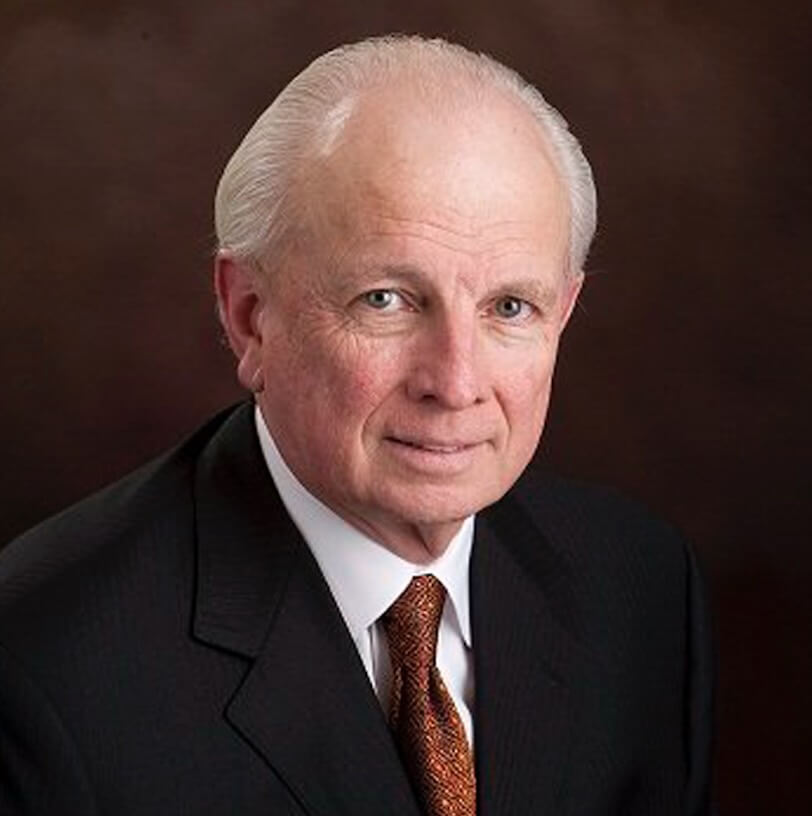Pull Behind Generator – Powering Your Portable Sanitation
Update: 2025-10-18
Description
Grant Stahla, Co-owner of Stahla Services, a nationwide provider of restroom, shower, and ADA trailer rentals again joins Enterprise Radio.
On this episode, the focus will be on their pull behind generators, all the benefits and the specifics of renting one for powering your restroom needs.
Listen to host Eric Dye & guest Grant Stahla discuss the following:
(Host Eric Dye): Grant, why should our listeners care about pull-behind generators right now?
(Guest Grant Stahla): Yeah, good question. If you imagine a multi day music festival in a remote field or a long term construction site far from the grid, restroom and shower trailers are absolutely essential for those spots. But we have to make sure that we have good power supplying them. We have smaller portable generators like the Honda 3000 Watt and a Honda 7000 Watt which are typical generators we use, but it just won’t cut it for these multi day demanding and continuous applications. Today I’m excited to talk about the range of pull behind generators that range from 20 kilowatts to 40 kilowatts, which is our our most used, just most common generators that we’re going to use for these events and sites.
(Host Eric Dye): What exactly qualifies as a pull-behind generator in this range, and what’s its role?
(Guest Grant Stahla) : A pull behind generator. It’s a self-contained power unit mounted on a durable trailer. It’s designed for easy towing to various locations. Today, we’re going to talk about the 20 kilowatt to 40 kilowatt range and these units provide continuous capacity electrical outlet output. They commonly feature diesel engines to power them for fuel efficiency and durability. The origin of these generators stem from the need for mobile robust power. Systems, especially for remote sites lacking grid access, you’ll find them all the time at construction sites, large outdoor events, critical disaster relief operations and film production. And then, crucially, they’re engineered to support multiple high demand loads simultaneously, like a lot of A/C units or electric wall heaters that pull a lot of power. Unlike smaller generators, these things are purpose built for extended and heavy duty use.
(Host Eric Dye) : Walk us through the anatomy of these generators – what makes them work so effectively for our trailers?
(Guest Grant Stahla) : Yeah, you bet. So I’ll go pretty in depth with some of the technical deep dive for this. As far as the specifics for power output, like I mentioned a couple times, it’s 20,000 to 40,000 watts. Or you could say it another way. It’s 20 kilowatts to 40 kilowatts for an engine.cIt’s gonna be typically a Tier 4 diesel engine, which is just an emissions, an emissions and efficiency rating. And that’s the standard for modern units. Fuel capacity wise, they’re gonna have large onboard fuel tanks typically between 20 and 60 gallons. And they’re often designed to provide, provide 24 hours or even longer continuous run times at full load. So that’s a big fuel tank, the voltage output, so these units are incredibly versatile. They have voltage outputs that include 120 volts, 208 volts, 240 volts and 480 volts, which is really important when you go to a lot of different situations you’ll need to be able to change up the voltage to power. A variety of things at your site as far as sound attenuation, they come enclosed and then they have sound attenuated designs significantly reducing noise ...
Comments
In Channel























